
Welcome to Hyperion Records, a British classical label devoted to presenting high-quality recordings of music of all styles and from all periods from the twelfth century to the twenty-first.
Hyperion offers both CDs, and downloads in a number of formats. The site is also available in several languages.
Please use the dropdown buttons to set your preferred options, or use the checkbox to accept the defaults.

from notes by Paul Spicer © 2005
extrait des notes rédigées par Paul Spicer © 2005
Français: Hypérion
aus dem Begleittext von Paul Spicer © 2005
Deutsch: Elke Hockings
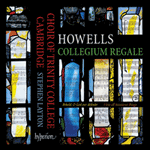 Howells: Collegium Regale & other choral works Howells: Collegium Regale & other choral worksA triumphant new complete recording of Howells’ liturgical masterpiece—from the finest of choirs.» More |
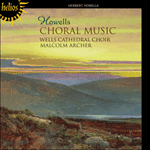 Howells: Choral Music Howells: Choral MusicHowells’ ‘Coll. Reg.’ settings immediately set the benchmark for twentieth-century liturgical composition and led to the composer being besieged by requests from cathedrals and collegiate chapels for other such ‘custom-built’ settings. A generous ...» More |
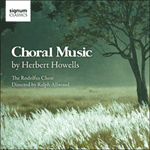 Howells: Choral Music Howells: Choral MusicA true master and exponent of the British choral music tradition, Herbert Howells' compositions and settings are brought to life in this collection of his secular and sacred works. Performances come from the youthful talents of The Rodlofus Choir, ...» More |
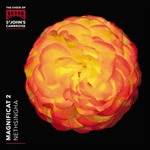 Magnificat, Vol. 2 Magnificat, Vol. 2Settings of the Magnificat and Nunc dimittis by composers ranging from Herbert Howells, Sydney Watson and Herbert Sumsion through to Giles Swayne, Lennox Berkeley and Arvo Pärt—beautifully performed all.» More |
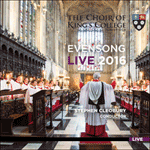 Evensong Live 2016 Evensong Live 2016A selection of the best weekly webcasts, as selected by the choir’s Director of Music from the recordings made during the preceding academic year.» More |
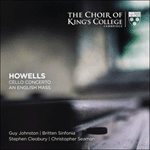 Howells: An English Mass, Cello Concerto & other works Howells: An English Mass, Cello Concerto & other worksStephen Cleobury and the Choir of King’s College Cambridge celebrate the music of Herbert Howells with an album exploring the finest examples of his choral and orchestral music, as well as his writing for the organ. The little-known cello concerto ...» More |
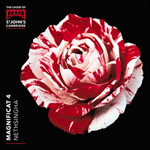 Magnificat, Vol. 4 Magnificat, Vol. 4Eight further settings of the Evening Canticles from St John's, by composers spanning well over a century of this ever-living tradition.» More |
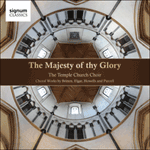 The Majesty of thy Glory The Majesty of thy GloryThis magnificient programme sung by The Temple Church Choir explores three fascinating and contrasting settings of the Te Deum: A stalwart of the church liturgy (first conceived as far back as AD 387), these settings span over 300 years of English ...» More |

